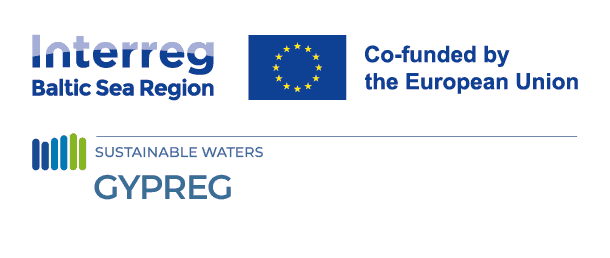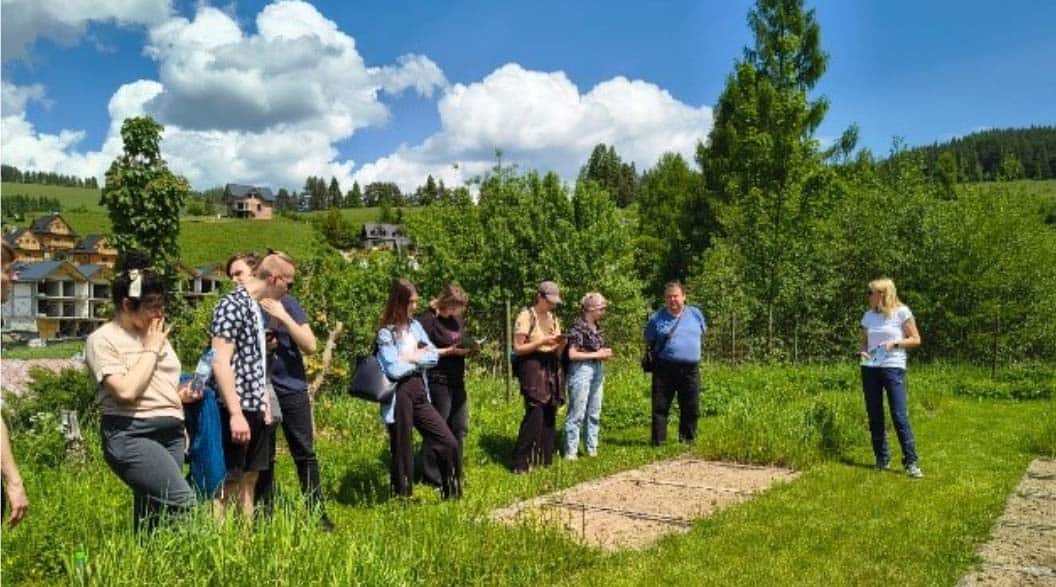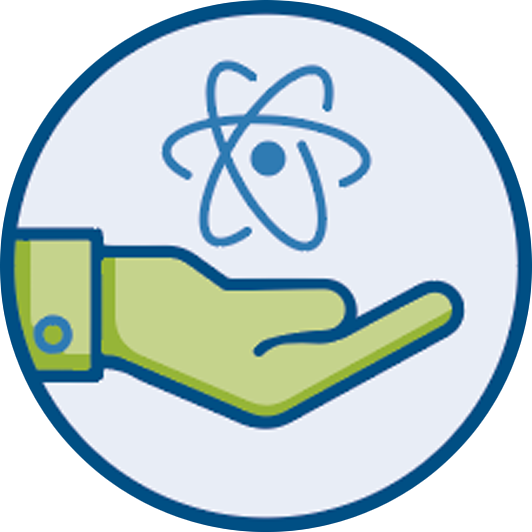
Visit to Lysimetric Station in Poland
05 June 2025
Exploring Land Use and Gypsum Applications
A practical demonstration of land use practices—grassland and arable fields—with and without gypsum amendments (2, 4, and 6 tons per hectare) was held at the ITP-PIB lysimetric station in Jaworki on June 2, 2025. The event attracted students and academic representatives interested in sustainable agriculture and water management.
The visit was organized as part of the GYPREG project, which aims to explore gypsum’s potential in reducing phosphorus leaching into water bodies. Experts led discussions on how gypsum can be effectively used in agriculture, highlighting both its benefits and limitations.
Participants received informational leaflets summarizing key findings on gypsum’s effects on soil chemistry and structure, including its role in improving water quality. The event provided a valuable exchange of knowledge between researchers and future environmental professionals.
What are Lysimetric Measurements?
Lysimetric measurements involve monitoring water movement and nutrient leaching through soil. Lysimeters—specialized soil columns—allow researchers to track for example how soil amendments affect water flow and nutrient loss beneath the surface. These insights are essential for designing environmentally sound farming practices.
Read more about Lysimeter (wikipedia)

© ITP-PIB





